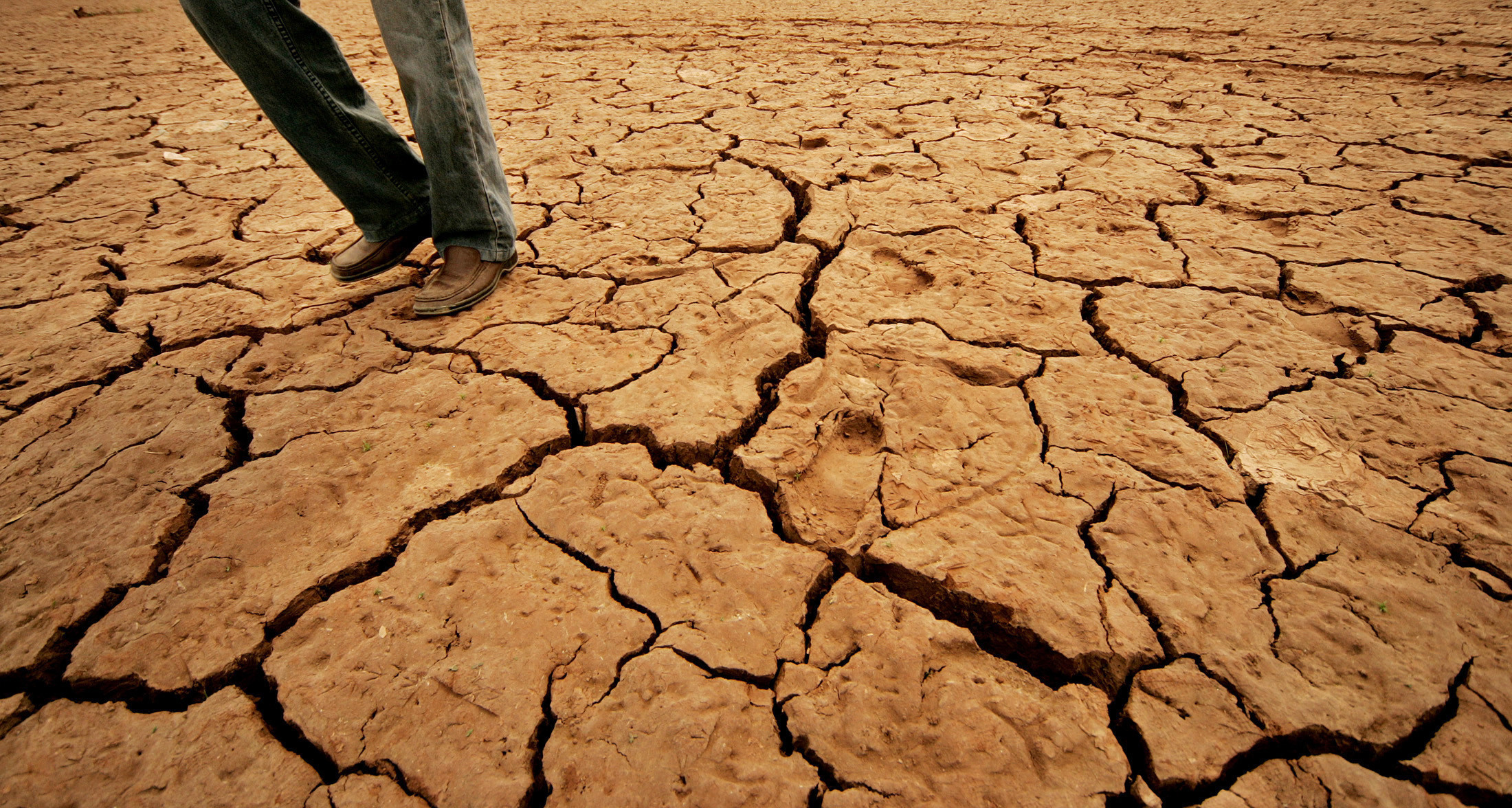



One of the worst droughts recorded in Australian history (2018) is still fresh in the memories of the Australian farm owners. At that moment, farmers were left grappling for a sense of security. Moreover, they were left asking questions about their future. The main reason for the drought is the disappearance of the winter rain. Therefore, farmers were left praying for rain to increase their productivity and survival rate. In fact, New South Wales had recorded their fifth driest in July of 2018. Hence, this meant that Australia was then a severe drought-infected nation.
With grazing pastures turned to dust and feed costly and scarce, the drought was having a major impact on livestock. In an attempt to beat the drought farmers have been shipping hay from growers in the country’s west or the far north to feed their livestock. Even those sources are now being depleted, however, and as grain silos in the south are emptied, desperate owners are being forced to slaughter animals, even if it means it will take years for herds to recover.
The cull will ultimately leave the size of Australia’s national herd at a record low, ushering in a prolonged period of livestock rebuilding and higher prices for the industry. Last year, drought cut Australia’s output to the lowest level in a decade. This season has got off to an even worse start, because of the drought, with farmers planting in some of the driest soil in years. Australia’s official forecaster has trimmed its estimate of this year’s wheat crop to 21.9 million tonnes, but warned yields would fall further without rain. Some private forecasters say the crop could be as low as 13 million tonnes, which would be the lowest since the drought-stricken 2008 harvest.
The ground in drought-hit regions has dried out to such a depth that it is even killing large trees. Scientists have reported more swathes of forest are dying off, while farmers point to trees that have survived 100 years on their properties but which are now dying before their eyes.
Article by: Hari Yellina (Orchard Tech)